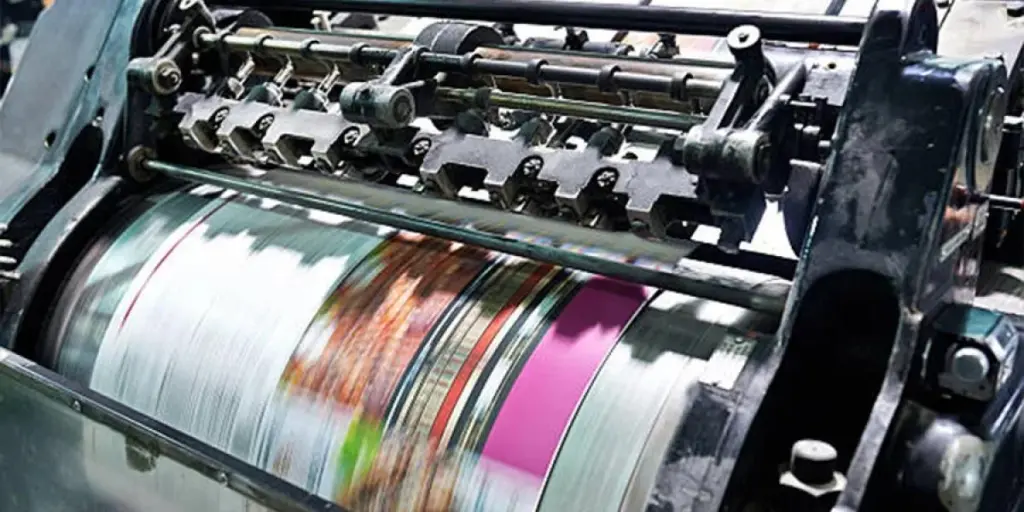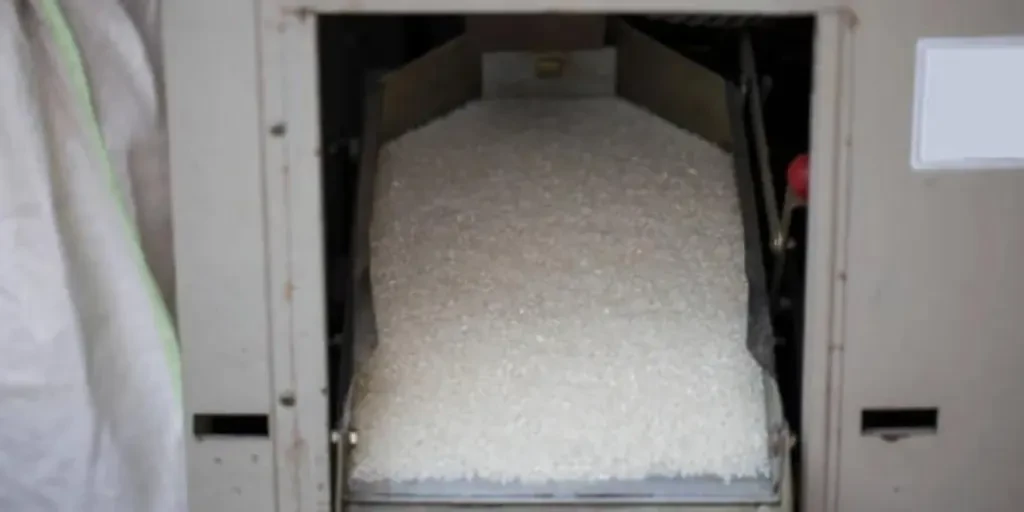The printing industry has undergone many changes in recent years, and at the moment, it is in a much better place. In a bid to reduce the cost of printing and increase efficiency, new technology has been developed, and this means there are many great new products available to consumers today.
This article will look at some of the newest trends in the printing industry. Additionally, it will highlight the market share and the anticipated growth of the printing industry. So read on to learn more about the key trends in this expanding market.
Table of Contents
Printing industry market share and expected growth
Latest trends in the printing industry
Conclusion
Printing industry market share and expected growth

In 2019, the entire printing industry size was estimated to be US $25.74 billion. As of 2028, this figure is estimated to reach US $35.71. Digital printing systems are cutting-edge methods of printing that rely on computer-generated digital files and software for layout and designs.
In terms of market share, Asia-pacific is anticipated to hold the largest market share for printing machines. This is particularly attributed to the growing demand for printing machines in Asia-Pacific. North America is also anticipated to be the region with the highest rate of growth throughout the forecast period. This is brought about by the increasing middle-income population seeking printing machines.
With digital printing, you can get high-quality color prints in minutes without spending much. The cost of producing personalized marketing materials like letters, direct mail, and business cards can be reduced significantly through digital printers.
Due to the increasing popularity of inkjet and laser printers, the printing market is expected to expand during the forecasted period. Increased interest in using AI and IoT-based technologies is anticipated to fuel the growth in the global digital printing industry.
Latest trends in the printing industry
1. Heat press printing machines

There is a wide range of choices for anyone looking to buy a printing machine that will help them come up with printed promotional products. While sublimation printing is an example of one of the options available, Direct to Film (DTF) printing is also a great choice.
Choosing the right heat press printing machine is important as it effects everything from the quality of the printed material to the cost. DTF is a heat transfer printing method that utilizes inkjet technology to create high quality personalized and promotional products. Below are additional benefits of using DTF printing:
Pros
- With DTF there’s no need for pretreatment
- More durable than DTG prints
- Faster production process
- Easy application
Cons
- There’s more wastage of resources
2. Digital marketing
The commercial printing industry has seen labored growth over the past ten years. SGIA reports that the sector grew by just 1.7% in 2019. Additionally, surplus capacity, constantly rising tariffs, and restricted paper markets negatively affect printers’ profit margins. However, it appears that the greatest way to stand out when most printing companies are reducing their marketing budgets is to boost your spending.
Commercial inkjet printer technology is slowly replacing the traditional high-speed printers today. Unlike the traditional presses, inkjet printers use a laser that moves back and forth to transfer the image to a given surface.
Commercial printing businesses would greatly benefit from digital marketing, and it would be foolish to reduce spending. Digital marketing methods for printing businesses are designed to:
- Improve organic website traffic
- Generate a significant return on investment
- Elevate the websites’ position in SERPs
- Generate inbound leads and increase revenue

Although the digital age is quickly taking over, commercial printers are still required by most people in business. Brand recognition has been demonstrated to increase with printing marketing. In fact, a FedEx office survey reveals that approximately 85% of customers believe that a company’s printed documents reflect the caliber of its services.
3. Various sectors will adopt 3D printing

As far as recent inventions, 3D printing is one of the most promising technologies. Additive technology, one of the largest benefits of 3D printing machines, opens up an entirely new way of producing goods. Although 3D printing has existed for many years, some sectors have not adopted this technology.
3D printing has widely been embraced by prototyping and manufacturing companies, the medicine industry, in construction, and in the education sector. It acts as a cost effective and efficient prototyping method that benefits industry by allowing one to make prototypes without necessarily having to use expensive tools.
Aerospace, automotive, dentistry, and tool-making industries are examples of sectors that would greatly benefit from 3D printing, as it has the following advantages:
- 3D printing produces better quality objects
- It offers freedom to incorporate creative designs and customization
- Practical product testing
- Less machine, material, and labor costs
4. Recycling efforts
The biggest challenge most commercial printing companies face today is waste. Most printing companies can print hundreds of thousands of sheets of paper daily, depending on the number of jobs that should be produced. As a result, much waste is produced.
However, recycling, reusing, and reprocessing are considerations that, when put in place, can help printing companies avoid unnecessary consumption.
Printing companies should work with waste management companies to recycle some valuable raw materials. Alternatively, printing companies can avoid waste by cutting down on raw materials, chemical use, and sorting the produced waste onsite.
5. Cloud printing
While cloud printing is one of the most reliable modern solutions for the persistent copy and printing problems facing many businesses today, most printing industries have not embraced it as expected. Cloud printing allows computers, laptops, smartphones, and tablets to connect to printers over the cloud.
Cloud printing eliminates the need to connect devices and printers through cables. As a result, all printing industries that embrace cloud printing have zero chances of experiencing compatibility issues, software driver problems, and connectivity issues.
6. Security printing

While a lot goes into keeping the company’s network and computers secure, the role of reliable printing in an office is usually overlooked. The truth is modern printers used in a company also present a security risk to the business.
Secure printing is beneficial as it helps you protect your data at every entry stage, minimizes malware exposure, keeps resources accessible, and encourages a culture of security best practices.
Conclusion
Commercial printing industries continue to flourish even with the introduction of digital printing. The trends mentioned here are meant to guide you towards optimizing your printing activities by increasing efficiency and reducing the cost of printing.
To learn more about commercial and industrial printing and for more information on the latest trends, consider visiting Alibaba.com.




